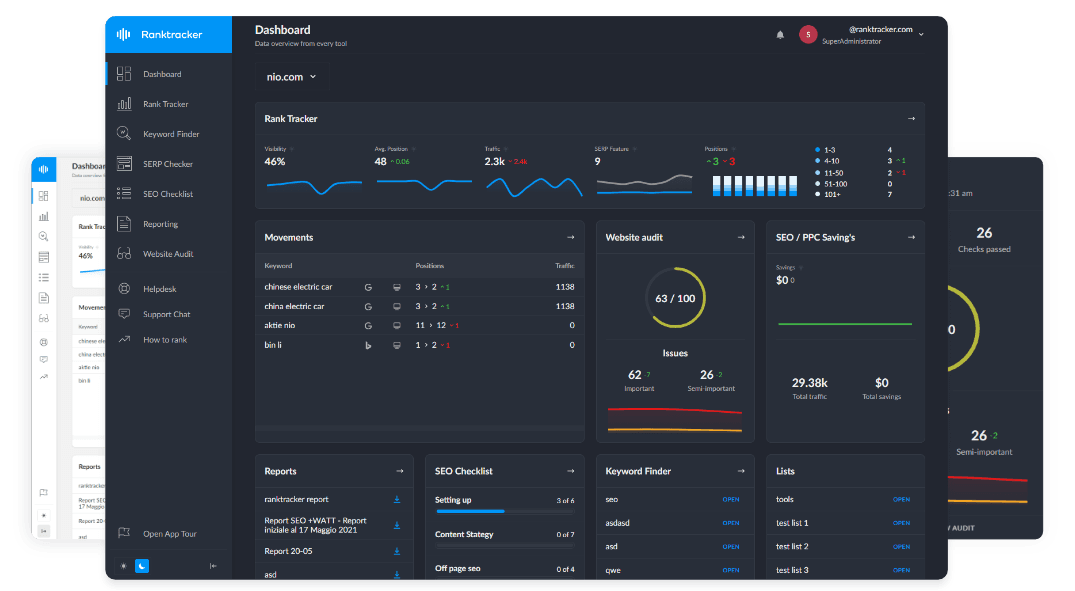Intro
Private Blog Networks (PBNs) have long been a controversial topic in SEO circles. Once a popular shortcut to boost rankings quickly, they’ve become increasingly risky in the eyes of Google—and yet, many SEOs still swear by them. So in 2025, the big question remains: Are PBNs still worth using?
Let’s explore what’s changed, how PBNs work today, and whether they still have a place in your SEO strategy.
What Is a PBN?
A Private Blog Network is a group of websites, typically built using expired domains with existing authority, that are controlled by a single entity. These sites are used to build backlinks to a “money site” with the goal of manipulating search engine rankings.
These links are:
-
Usually dofollow
-
Placed within content (sometimes spun or low-quality)
-
Controlled privately (unlike editorial links)
While this approach can provide fast gains, it violates Google’s guidelines and can lead to penalties if detected.
How Google Treats PBNs in 2025
In 2025, Google is better than ever at detecting PBNs. With advancements in machine learning and link profiling, Google’s spam systems now spot patterns like:
-
Similar IP addresses and hosting
-
Identical site structures
-
Thin, duplicate, or AI-generated content
-
Repetitive outbound link footprints
-
Lack of real user signals
Sites caught using PBNs may face:
-
Manual actions (penalties)
-
Sudden ranking drops
-
De-indexing of PBN domains
-
Loss of link equity
That said, some SEOs are still successfully using PBNs—but they’re investing more time in hiding footprints, improving content, and limiting outbound links.
Pros of Using PBNs in 2025
-
Fast control over backlinks
-
Can work in low-competition niches
-
No need for outreach
-
Ideal for testing SEO theories
-
Good for churn-and-burn sites
Cons of Using PBNs in 2025
-
High risk of penalties
-
Expensive to maintain properly (hosting, domains, content)
-
Limited scalability for real brands
-
Poor long-term ROI
-
Wasted resources if de-indexed
Are PBNs Still Effective?
Yes—but only if used carefully and with the understanding that it’s a short-term or gray-hat strategy. They're far less viable for serious brands or white-hat SEO campaigns in 2025.
Better Alternatives: White-Hat Link Building That Works
Instead of risking your domain with PBNs, modern SEOs are turning to white-hat link building strategies that offer long-term value and safety. These include:
-
Skyscraper content + outreach
-
Broken link building
-
Digital PR and news mentions
-
HARO-style journalist pitching
-
Guest posting on real blogs
-
Resource page outreach
How Ranktracker Helps
** Ranktracker** gives you the tools to succeed with clean, scalable link building—without PBNs:
-
Backlink Checker – Audit competitors to see real, clean backlink sources
-
SERP Checker – Find top-ranking pages to replicate naturally
-
AI Article Writer – Create link-worthy content for outreach or guest posting
-
Backlink Monitor – Detect and track live link placements
-
Keyword Finder – Target high-opportunity keywords with low backlink thresholds
-
SEO Checklist – Ensure your content is fully optimized before promoting it
With Ranktracker, you get the power to build lasting authority—without risking penalties.
Final Verdict: Are PBNs Still Worth It?
If you're managing a churn-and-burn affiliate site or testing SEO experiments, PBNs may still serve a purpose. But for serious businesses, SaaS brands, or content creators who want lasting rankings and traffic, white-hat link building is the only sustainable choice.
In 2025, the smartest SEOs are choosing precision, quality, and transparency—not shortcuts.

